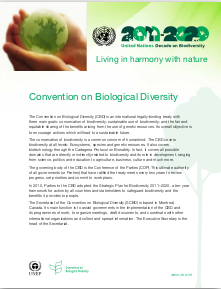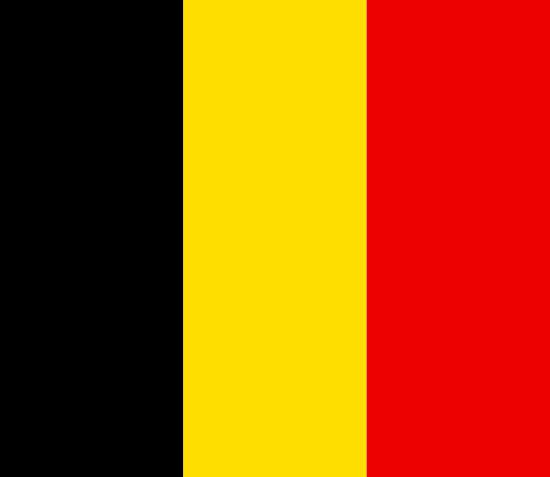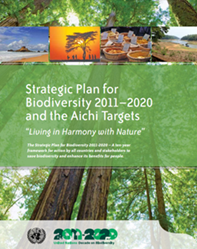Aichi Target

The overarching implementation framework is the Strategic Plan for Biodiversity 2011-2020 adopted at the tenth meeting of the Conference of the Parties (COP 10) held in October 2010, in Nagoya, Japan.
Unlike other international agreements that set compulsory targets and obligations, the CBD takes a flexible approach to implementation. It identifies general goals and policies, and countries are free to determine how they want to implement them. The Aichi biodiversity targets consist of 20 specific targets to address and mitigate biodiversity loss across the globe.
You can find the goals and targets here
One of the CBD's greatest achievements so far has been to generate an enormous amount of interest in biodiversity, both in developed and developing countries. Biodiversity is now seen as a critically important environment and development issue.
If you are interested to know how Belgium implements the Convention on Biological Diversity, please navigate our our section on 'Implementation', where you will find information on the ratification process, the authorities in charge, the legislation, the main documents and reports produced for the Convention, and much more.
Additional information on the Convention can be found on the CBD website.


